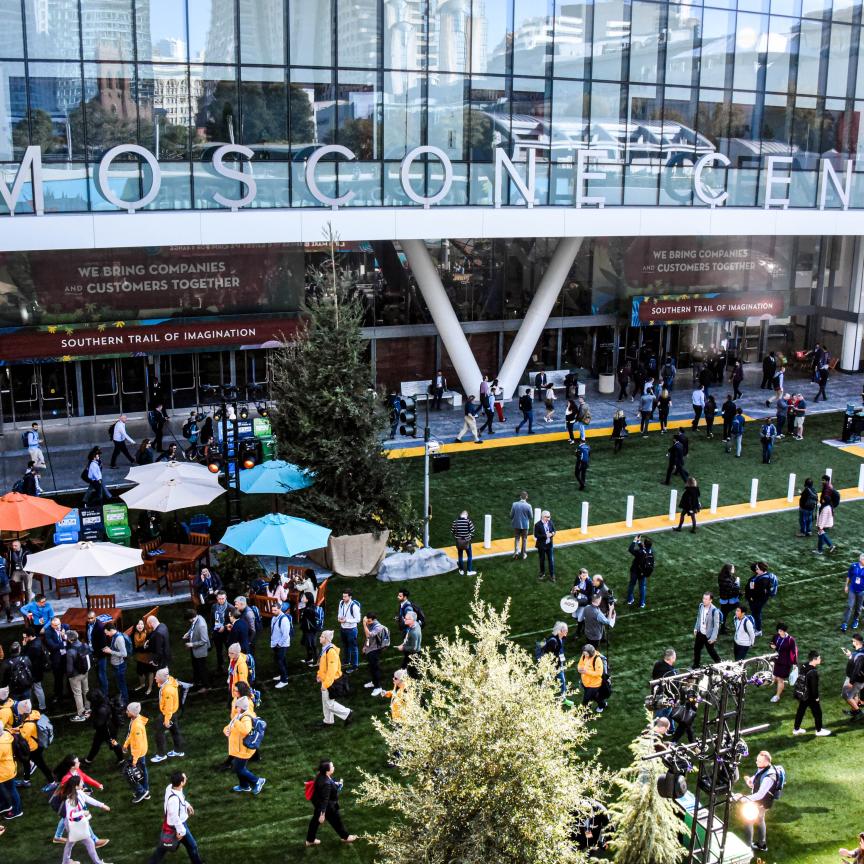Playing games is not just a bit of fun; it is also big business; and it illustrates the importance of fibre to the home, according to Nadia Babaali
Earlier this November, Poland’s mega gaming festival, the Poznań Games Arena, concluded its most successful event ever. To those not familiar with the video games industry, the size of the event is a bit of an eye-opener. More than 40,000 people congregate in one of the oldest cities in Poland to enjoy the most modern of leisure pursuits – eager to immerse themselves in new games, check out new hardware, and compete in e-sports tournaments. Outside the arena, many thousands more followed the competitive action via streaming video services, such as Twitch.
The executive team of the FTTH Council Europe has heard a lot about the Polish games industry over the past six months as we make preparations to take our annual conference to Warsaw next year. The international gaming industry is more than just a bit of fun; it is also big business, with revenues more than double those of the film industry. Poland is beginning to stand out as one of the major players on the international scene, both as a creator and as a consumer of video games.
As a nation, Poland is already second in Europe when it comes to the popularity of PC gaming, with 98 per cent of its 13.4 million gamers playing on PC screens in 2013, according to research by Newzoo. Meanwhile Polish computer game developers have produced titles that have attracted fans far beyond the country’s borders. Arguably the most famous of these is a role-playing video game The Witcher, created by Warsaw-based publisher CD Projekt Red.
The original Witcher, released in 2007, was based on the work of fantasy writer Andrzej Sapkowski, and has been described as the Polish equivalent of ‘Lord of the Rings’. The main character, Geralt of Rivia, is a monster-hunter with superhuman reflexes. The sequel, Witcher 2, sold more than 1.7 million copies globally, catapulting its creator into the limelight and a listing on the Warsaw Stock Exchange. Excitement is growing over the release of The Witcher 3 in February 2015.
The digital games industry in Poland has come to represent the country’s transformation into a fast-growing European free market. When Barack Obama visited Poland in 2011, the country’s Prime Minister Donald Tusk gave him a copy of The Witcher 2. For him the gift symbolised modern Poland. It was remembered: in a return visit to Poland earlier this year, the US President commented that CD Projekt Red's creative output is a ‘great example’ of Poland’s contribution to the new global economy.
At the FTTH Council Europe, we’ve also had some interesting conversations at very high level about broadband in Poland, and how the worlds of gaming and broadband are becoming increasingly intertwined. Digital distribution allows games developers to eliminate the costs of manufacturing and distributing boxed games, and can be useful as a tool to combat piracy. But more than that, it opens up new business models, where games can be provided as a service for a monthly fee, rather than a one-off purchase.
Video streaming of games is also on the increase. Streaming can be used to provide resources, especially complex high-definition graphics that would otherwise take too long to load, so that game play can begin as soon as possible. The separation of the game logic from the content in this way is an increasing trend in the industry. And watching others play video games has become a pastime in its own right, via streaming services like Twitch.
As the business models around video games increasingly move towards digital distribution and downloadable content, Poland’s broadband access networks could become a limiting factor in the local market. Poland has lower rates of broadband penetration than the European average, and the government hasn’t finished working on its access network strategy to ensure that the country can meet Europe’s Digital Agenda targets for ultrafast broadband.
The Digital Agenda target -- that more than half of households should subscribe to internet at speeds of at least 100Mbps -- is hard to reach without putting serious amounts of fibre in the ground. Studies commissioned by the FTTH Council Europe show that, although the total number of fibre to the home subscriptions in Poland is currently low – just 77,000 at the end of 2013 – there was an increase of 47 per cent over the year. Meanwhile, the number of Polish households within reach of FTTH increased to 488,000 by year-end 2013, an increase of 22 per cent year-on-year. The number of subscribers is growing more quickly than new networks are deployed – a positive sign that indicates increasing demand for high-speed broadband services, and growing market maturity.
The FTTH Council Europe is confident that the Polish Government understands the importance of fibre to the home (FTTH), and has no intention of letting its citizens or the gaming industry suffer from unnecessary lag. Government officials have provided tremendous support, lending their patronage to the FTTH Conference in Warsaw next February.
The world’s largest FTTH-focused event, FTTH Conference 2015, will take place between 10 and 12 February 2015 at Warsaw’s international exhibition centre EXPO XXI. It is expected to attract more than 3,000 participants, under the special theme ‘Creating a Connected Continent’. www.ftthconference.eu
Nadia Babaali is Communications Director, FTTH Council Europe

